
Back to the Roots: Art, Culture, and the Creative Journey of Wolfgang Wache
Back to the Roots: Art, Culture, and the Creative Journey of Wolfgang Wache
»Come and delve into the captivating world of art and culture through the eyes of the artist Wolfgang Wache. Experience his journey from creation to being and discover how culture influences our lives. Read an interview full of inspiration and perspective that takes us to Lusatia and into the heart of the creative process. Enjoy a unique perspective on cultural transformations and find out what it means for an artist to be present in every moment. Be inspired by Aunt Gretel and explore the artistic aspect of the construction site of life. Welcome to a world where images and texts intertwine, and art discovers new meanings.«
"Renewals
In every moment
renews itself
the moment
being there
in moments
to be present
when the detached child
with dripping nose drops
slowly sneaks around the slab houses"
(Excerpt from "Eva's Daughters" in the collection "Kornblumen gießt man nicht", Volume 1 Poetry, Wolfgang Wache)
... from creation to being
Before reunification, you worked as an artistic director in cultural institutions within the brown coal combine in Senftenberg. Until 2007, you led the art school "Birkchen" in Lower Lusatia. What do you identify as culture, and what significance does it hold in your own experience?
Culture is everything that surrounds us. When it comes to food, meals are also a part of culture. For me, this human togetherness is just as much a part of culture. What we're discussing directly now is more in the realm of cultural activity. Or implementing something culturally. I've always been fascinated by people who do something for others and initiate processes for others. And if you stay within the cultural sphere, you can also develop ideas yourself and set them in motion. It's about having and finding the freedom to implement processes that originated in your own mind. It's a fantastic experience to see what has grown from your ideas. When people suddenly realize what was born in their own minds, and then it becomes a reality. You can understand that only when you're obsessed with it. That fascinated me even as a small child. I really don't want to miss out on that as long as I live. That's important to me, and that's culture for me.
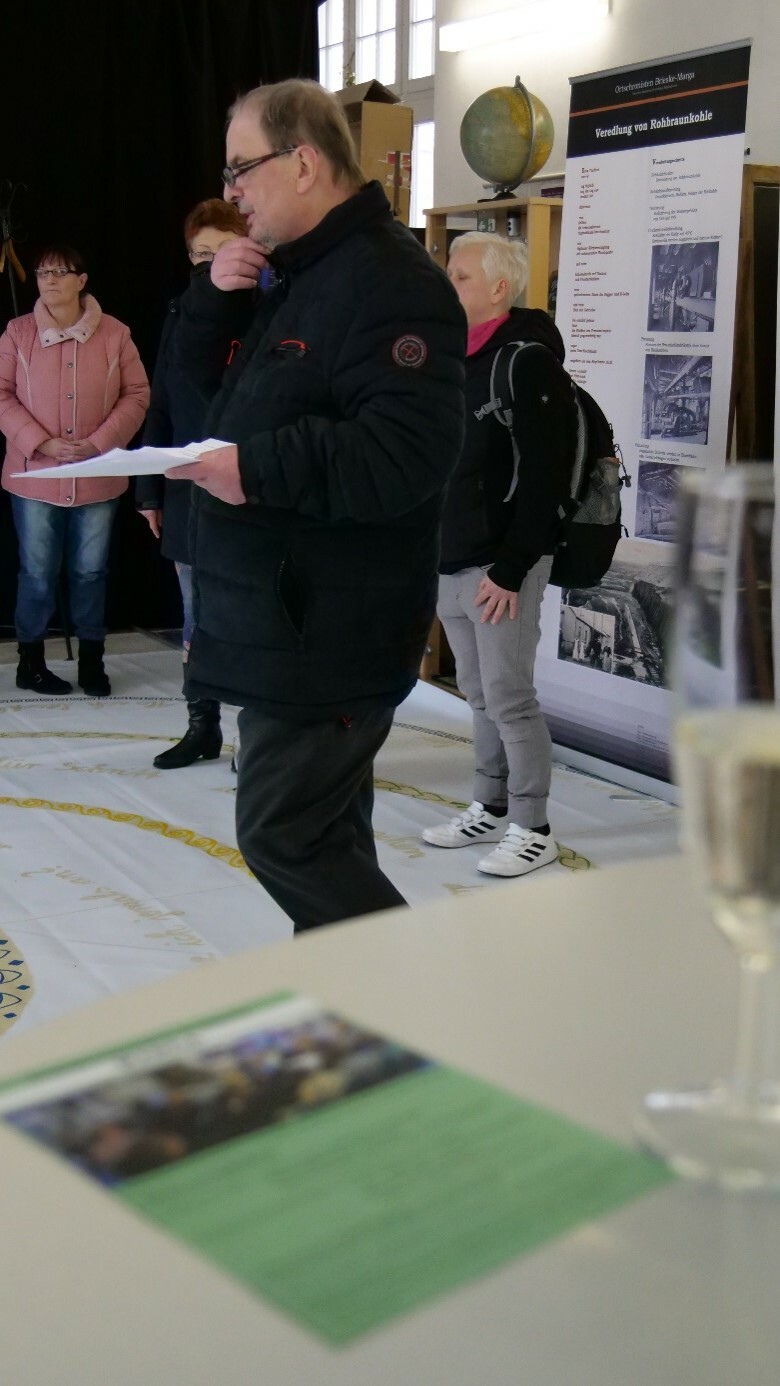
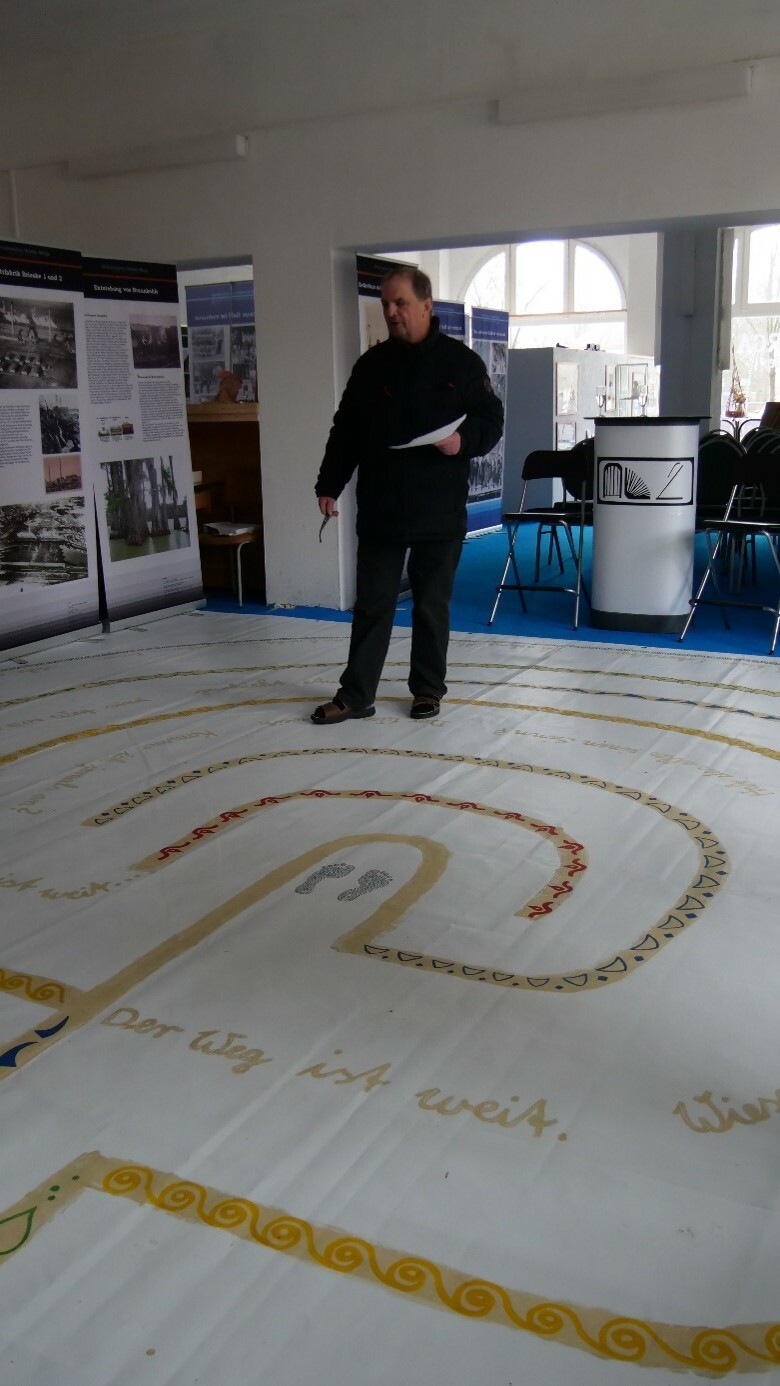
What's your view on culture in Lusatia today compared to the past? Do you see any differences, or from your perspective, do you not notice many changes?
Culture in Lusatia is quite complex. When you look closely at Lusatia, you'll see that significant transformation processes have taken place. Until around 1890, rural life prevailed everywhere, and then industrialization arrived. It began with the development of lignite mining in the region, which also led to the growth of the glass and ceramics industries. Lignite, the raw material, is found in everything. This region underwent tremendous changes with lignite, and along with it, the cultural life changed. There were deeply-rooted Sorbian customs here, but many disputes arose due to Germanization and the Sorbs. Added to this was the fact that with the onset of industrialization, a wide range of people suddenly converged in sparsely populated areas, not just from Germany. It was a crazy development, and as I believe, it's still not finished. There was mixing because a large part of the old doesn't exist anymore. Sometimes people want to revive certain old things, but entirely new processes have emerged here. Suddenly, Silesian dumplings became important in Lusatia. Why? Because people from Silesia came here. This shows that changes in Lusatia have always been noticeable. However, in terms of the process of cultural-aesthetic education, we face significant difficulties. We just need to look at the people who came to this region. What job opportunities were available here? Physically demanding work, but engineers and similar professions were hardly needed. What was needed, on the other hand, were laborers.
So, was culture more a matter of companies rather than the state?
Ilse-Bergbau-Aktiengesellschaft was a company that supported the development of lignite. In our exhibition room at the Center for Literature for Young People ("I write") /NLZ/, there's a document from the time when the garden city of Marga transformed into a workers' colony. In this document, we can find what these buildings were designed for. The goal was to introduce workers to culture. They were meant to receive refined aesthetic education...
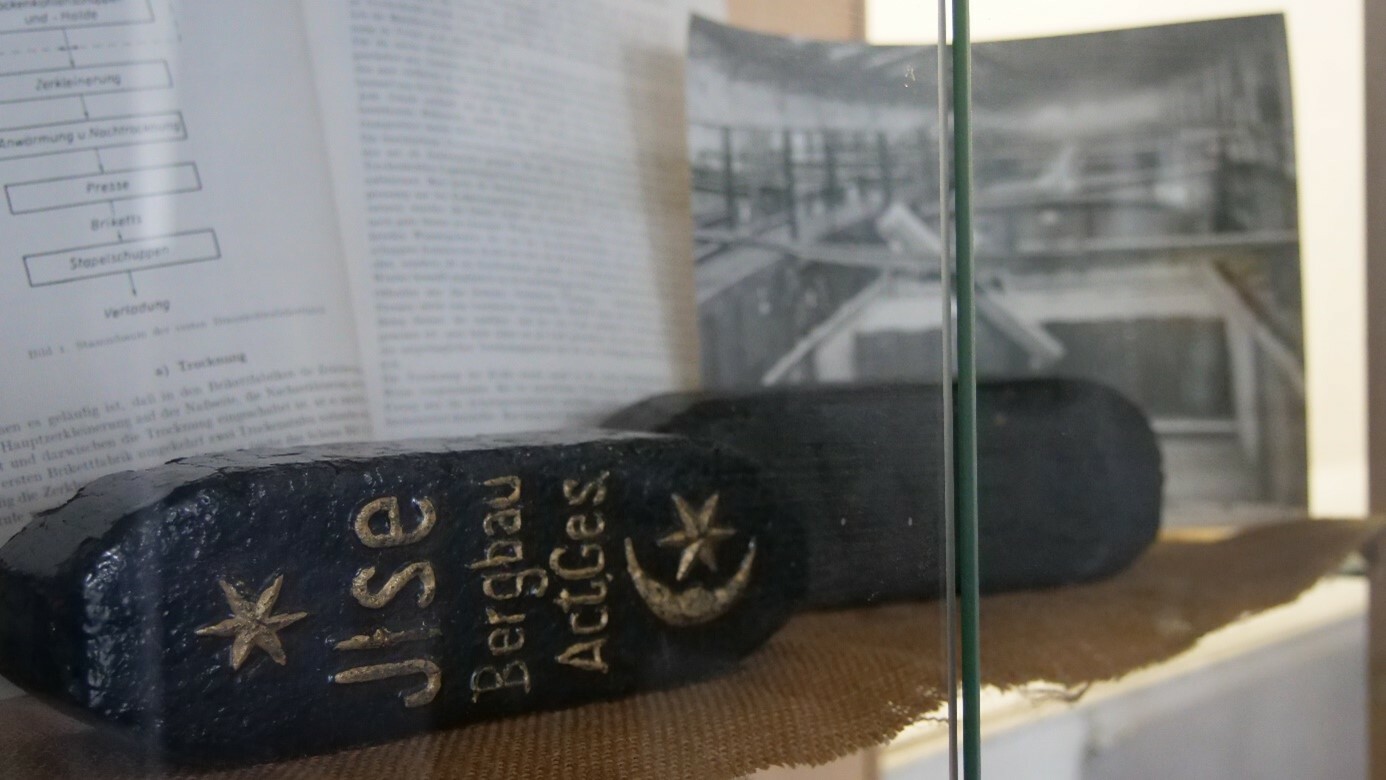
...inspired by Aunt Gretel
How would you evaluate the future of NLZ, and what needs to be done to ensure that NLZ doesn't cease to exist?
Of course, we don't want NLZ to die. What you really need to do is continue as it used to be and not ask for funding anymore; that might be the case then. But that's not what we want now. On the other hand, we want young people to see the future, to see themselves as creators of culture, to be excited about realizing cultural processes and to be artistically active. That's most important to us. You can be a good intermediary when you realize that you can experience a great miracle when you suddenly take a brush in your hand, have an idea, and are amazed by what suddenly appears on the canvas. It requires people who develop such processes or already know them. Then they realize how enriching it is for their own lives to engage in art and culture. I'm the best example of that. It's about our dear Aunt Gretel. Aunt Gretel used to perform plays with us, inspiring us in the process. She managed to create a play that was originally meant to involve only four people, but in the end, there were 40 of us. Everyone knew they were important in this great process. My problem was that I couldn't connect with the German language. I hated school. However, there were people like Aunt Gretel who helped me develop a passion for writing when I was 9 years old. She opened a path for me and pushed me further in the realm of writing. "You can fix the spelling later!" she said. The important thing is not to take yourself too seriously and to engage in artistic activity first. That's what I did, and that's what I also teach young people today. When I work with children and youth, I try to encourage them to listen to their hearts. It starts in nature, for example, when I talk to a dead tree. The wind howls, and the dry ears rustle. That's how a great concert is created. I told them to use that in their lyrical texts.
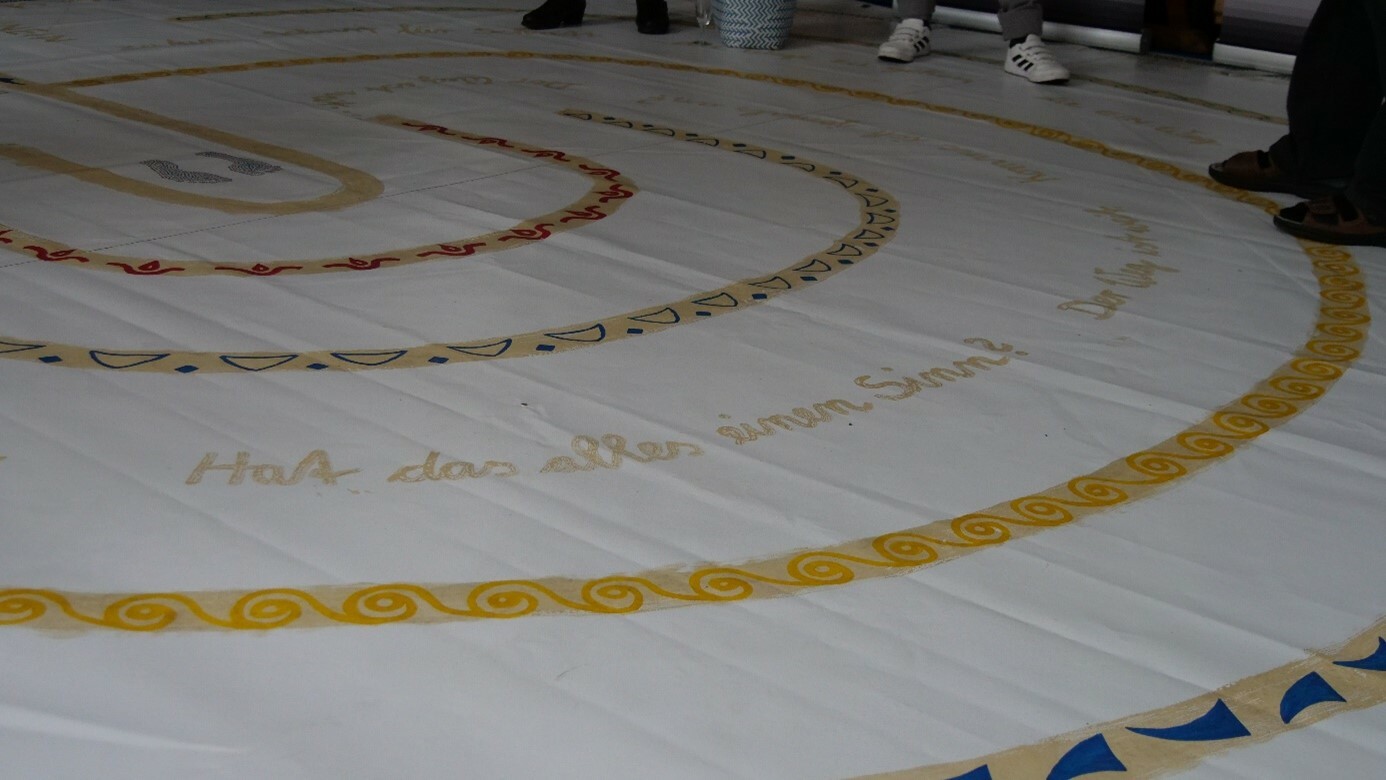
...from listening to abundance
How did you experience the structural shift and changing identity in Lusatia?
For those who lived here, lignite had the upper hand. Everything revolved around coal. Coal dictated life and therefore the cultural sphere, which was financed by the lignite combine. Cultural institutions weren't funded from the general budget but from the corporation's operations. In my previous position at the cultural center of the lignite combine Franz Mehring, there were over 40 working groups overseen by the artistic director. Among these were theater, ballet, choir, and ceramics circles. In short, a wide array of cultural activities. And we shouldn't forget the big cultural events. Those were organized for the working people. When the shift came, cultural work wasn't incorporated into many municipal facilities. This caused significant problems that are visible even today. The difficulty lies in engaging our audience in various events. At this moment, it's an exhausting process. Cultural education is dwindling nowadays. That was the case before Corona, and the pandemic worsened it. What remains important for us is "Inspiring enthusiasm!" That means doing something thanks to our enthusiasm and then passing it on to others. But an opportunity must first arise for that. Art and culture have to stand in people's way, so they stumble upon them. What can be seen at NLZ isn't perfect, but that's not the point.
After reunification, cultural work became a voluntary task in municipal budgets, and it shouldn't be that way! For years, there have been repeated efforts to make cultural work a mandatory task. But while it was talked about and admitted, it hasn't been realized until now. This hampers our work significantly. My wish would be to work with an artistic team, to devise projects without having to worry about the financial demands of their realization.
If you want to stay true to your artistic work, you might suddenly not find suitable funding, and instead, you might have to do without financial support for a while because you can't just make use of funding. Therefore, funding policies should be thought about more from the perspective of those who create culture.
...art on ... uh! ... during construction
You structured your personal website to connect art, culture, and work. And this is evident from the names of the tabs, which are based on the division of work processes at a construction site. How did you come up with that together?
Originally, I was allowed to apprentice as a bricklayer, in the old form. In the 8th grade, I joined the work process and got to know the older generations of craftsmen in the garden city of Marga. The master roofer was just as important to me back then as Aunt Gretel. He gave me advice for life, that introducing artistic processes into society is important. This man could speak rough construction workers' language with his colleagues but also converse in refined speech. I benefited from this because this approach opened many doors for me. During my time on construction sites, I painted and wrote texts and participated in movements like "Writing Workers." So, I earned the nickname "Poet" on the construction site, which had a negative connotation like, "Hey, here comes our oddball!" At a certain point, it got me, and I needed a change. I attended evening school and completed studies in Leipzig. I'll never forget this amazing school, the work in construction, meeting various people, and working with them. The greatest reward in art always comes when people ask me why I do it at all? I reply that it's enthusiasm. For example, when I see young artists working on parallel bars, I'm moved, and tears of joy flow.
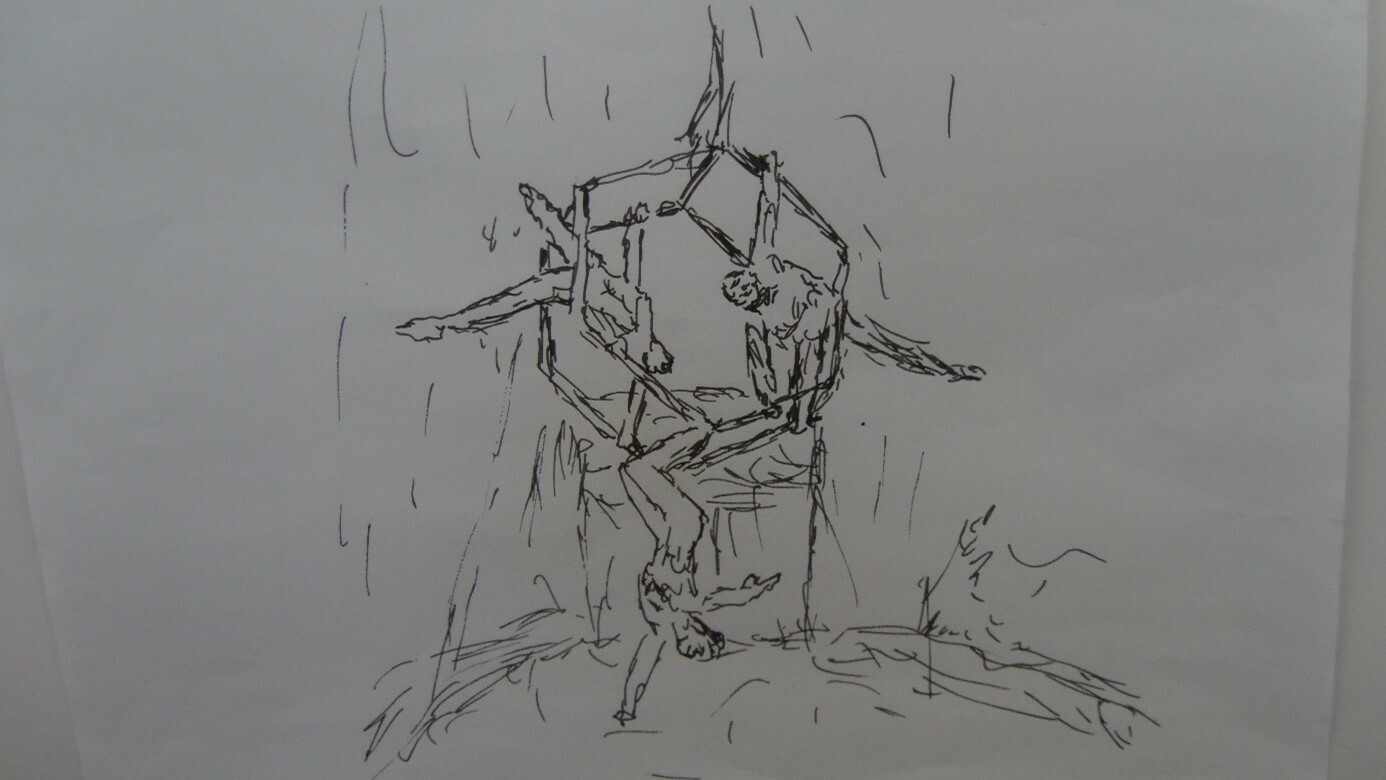
…from my own perspective on the wide balcony of life
What else is in the drawer "Current Construction Site for the Year 2022"?
Wolfgang Wache as an artist. Because in this regard, he withdrew quite a bit. Other things were more important. Pushing things forward, for example, for this reason, WW often remained in the background. That is what he has now set out to do: to work on it a little more intensively; Collect and connect things that have already been created and develop new things. These are two things that are very important to me now: to create an art book with my own drawings and graphics, and of course, to develop my own texts. I'm looking forward to it very much. You just shouldn't look too much behind the scenes and know too much, otherwise, the shine is gone, and everything is not so great anymore. What I didn't like was the show put on by some authors. I had to recognize that because many are abused in this way. And you only realize that when you look behind the facade. And yes, I also avoided that. That's why I started my own publishing house and want to be honest with others. The creative process is very important to me. Finding more time for important moments when you experience how a text or an image is created. For me, those are the most beautiful experiences. And in that, you can continue and experience it only as long as you feel healthy and comfortable. I hope I'll be given that for a long time.
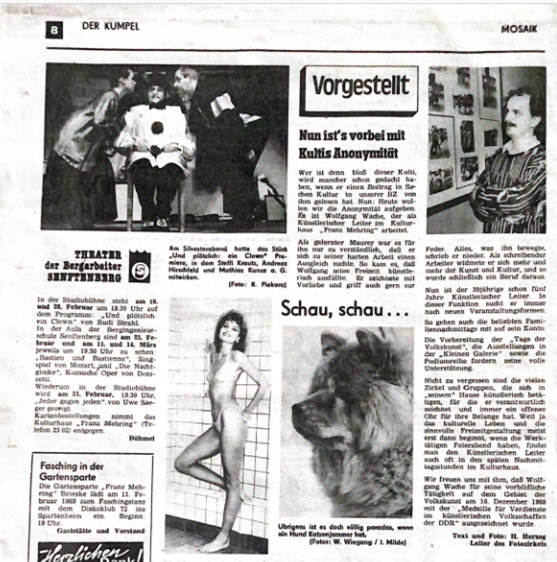
The interview was conducted by Claudia Arndt.